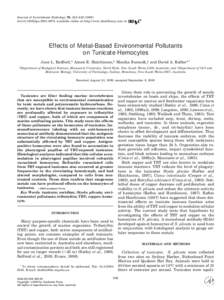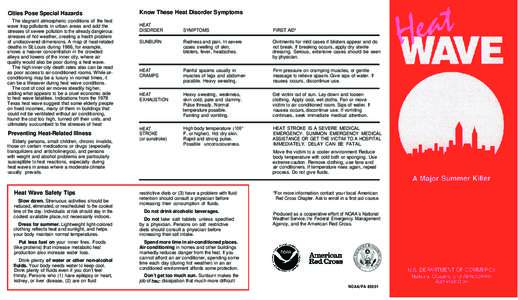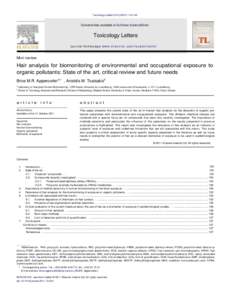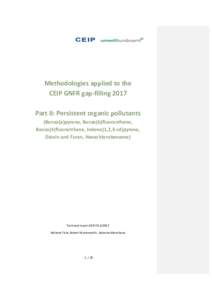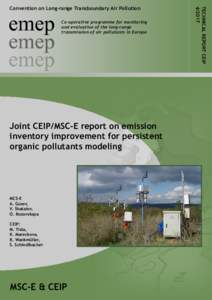<--- Back to Details
| First Page | Document Content | |
|---|---|---|
 Date: 2014-04-24 21:06:23Chemistry Pollutants Smog Environmental science Emission standards Water quality Total organic carbon United States Environmental Protection Agency Drinking water Pollution Environment Water pollution |
Add to Reading List |
 CONTAMINANTS TO BE TESTED IN ALL NEW SOURCES OF DRINKING WATER (Based on Chapter 11-20, effective November 28, 2011 and Code of Federal Regulations Title 40, Part 141 of July 1, 2011, the Phase I and Phase II Rule effect
CONTAMINANTS TO BE TESTED IN ALL NEW SOURCES OF DRINKING WATER (Based on Chapter 11-20, effective November 28, 2011 and Code of Federal Regulations Title 40, Part 141 of July 1, 2011, the Phase I and Phase II Rule effect